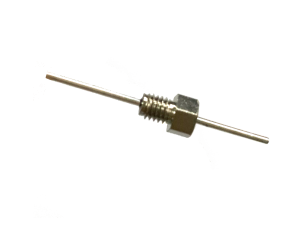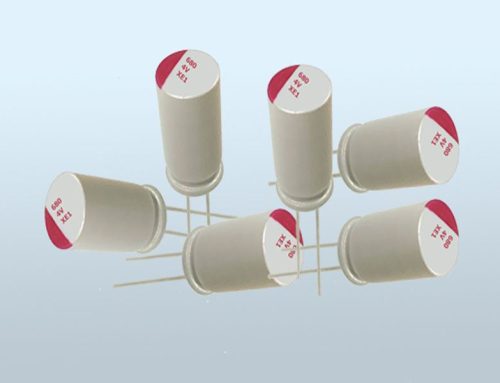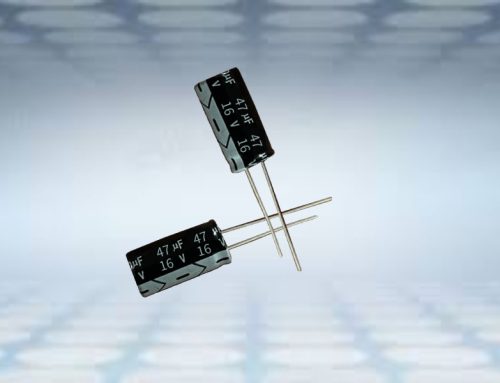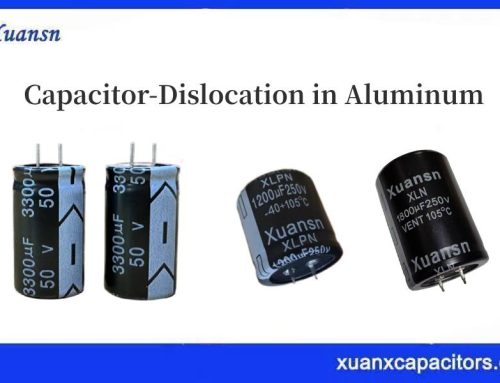Ceramic capacitors are a type of capacitor that uses ceramic as the dielectric material. They are widely used in electronic circuits due to their high capacitance-to-size ratio, low cost, and stability over a wide range of temperatures and frequencies. There are several ceramic capacitor types available, each with its unique characteristics and applications.
1.Ceramic Capacitor Types-Class 1 Ceramic Capacitors
Class I ceramic capacitors, called high-frequency ceramic capacitors in the past, refer to capacitors made of ceramic media with small dielectric loss, high insulation resistance, and a small linear change in dielectric constant with temperature. It is especially suitable for resonant circuits, and other circuits that require low loss and stable capacitance, or for temperature compensation. my country’s capacitance temperature coefficient group standards are shown in Table 3.1. The structural forms include disc shape, tube shape, bottle shape, simple shape, laminated shape, block shape, pillar type, through-heart type, etc.
| Code name | Nominal temperature coefficient (10^-6/℃) | Code | Nominal temperature coefficient(10^-6/℃) |
|---|---|---|---|
| A | +120 | J | -330 |
| U | +30 | I | -470 |
| O | 0 | H | -750 |
| K | -33 | L | -1300 |
| Q | -47 | Z | -2200 |
| B | -75 | G | -3300 |
| D | -150 | R | -4700 |
| N | -220 | W | -5600 |
Temperature compensation ceramic capacitor refers to a ceramic capacitor with a negative capacitance temperature coefficient.
2.Ceramic Capacitor Types-Class 2 Ceramic Capacitors
Class 2 ceramic capacitors used to be called low-frequency ceramic capacitors, which refer to capacitors that use ferroelectric ceramics as a medium, so they are also called ferroelectric ceramic capacitors. The dielectric constant of this kind of medium is very high, so the specific capacitance of the capacitor is large, but the capacitance changes nonlinearly with the temperature, and the loss is large. In circuits that do not require high capacity stability. Common capacitance temperature characteristic groups are shown in Table 3.2..
| Code | The change of the capacitance at the positive and negative limit temperature relative to the capacitance at 20±5°C is not more than |
|---|---|
| S | -20% |
| T | -40% |
| C | -65% |
| V | -90% |
The structural forms of low-frequency ceramic capacitors are disc-shaped, tube-shaped, drum-shaped, laminated, monolithic, block-shaped pillar type, through-heart type, etc.
In addition to Class 1 ceramic capacitors and Class 2 ceramic capacitors, the following names of ceramic capacitors can often be seen from the appearance.
3.Ceramic Capacitor Types-Multilayer Ceramic Capacitors (MLCCs)
MLCCs consist of multiple layers of ceramic material separated by a conductive layer. They are available in both class 1 and class 2 types and have a wide range of capacitance values. They are widely used in electronic devices, such as mobile phones, computers, and televisions.

4.High Voltage Ceramic Capacitors
These capacitors are designed to operate at high voltages and are used in applications such as power supplies and high voltage amplifiers. They are available in both class 1 and class 2 types and are made of materials such as barium titanate or lead zirconate titanate (PZT).
5.Feedthrough Ceramic Capacitors
Feedthrough ceramic capacitors are designed to pass a signal through a conductive barrier, such as a metal plate or chassis. They are used in high-frequency applications, such as in radio frequency (RF) filters and medical equipment.

6.SMD Ceramic Capacitors
Surface mount device (SMD) ceramic capacitors are designed for surface mount technology (SMT) assembly. They are available in both class 1 and class 2 types and have a wide range of capacitance values. They are widely used in electronic devices, such as mobile phones, computers, and televisions.
We have 20 years of capacitor production experience, if you have needs, please contact us!




